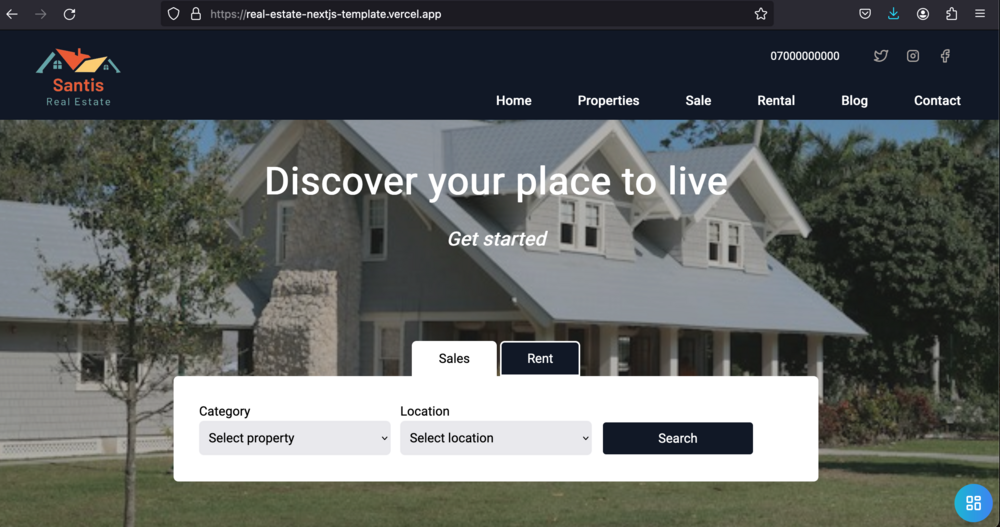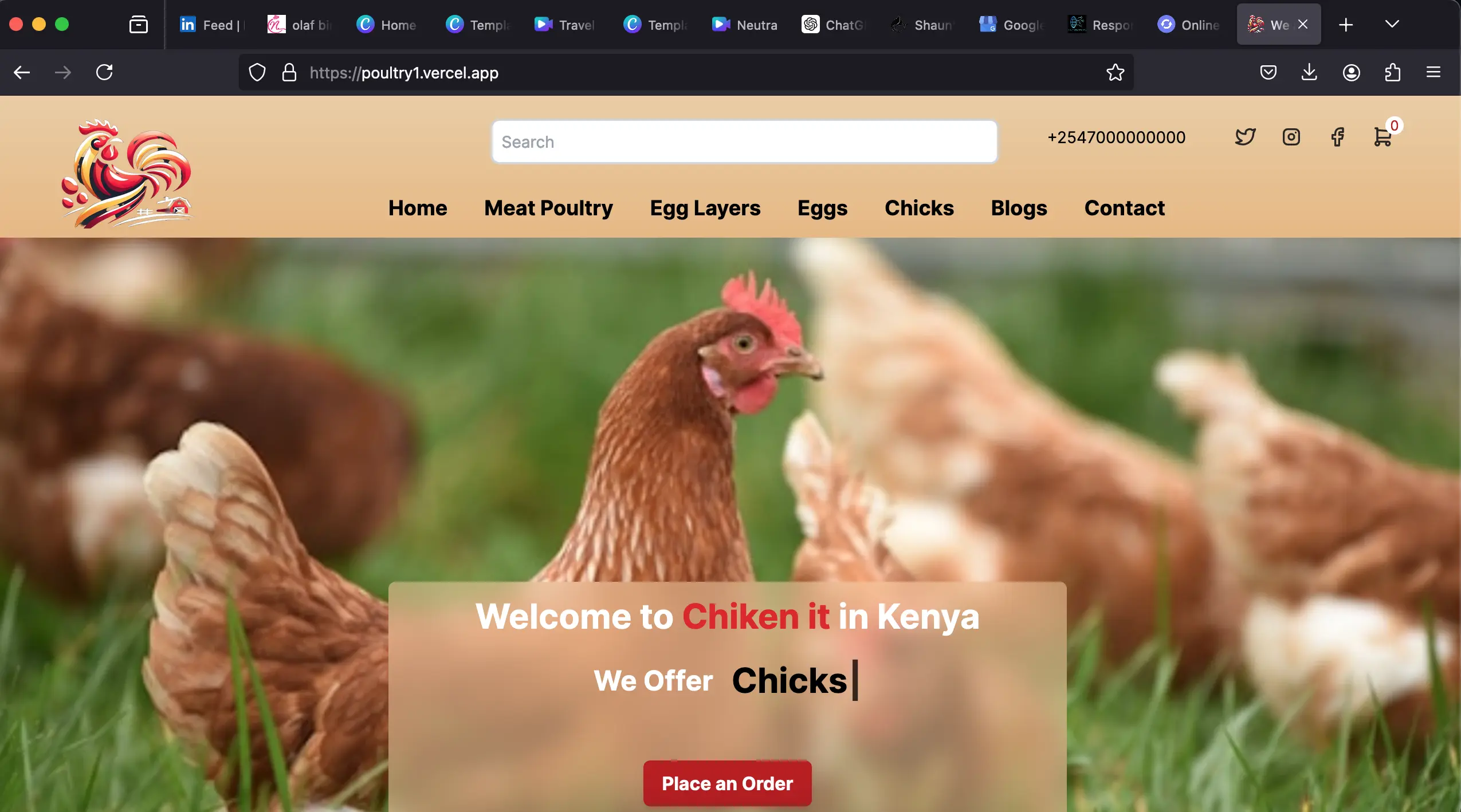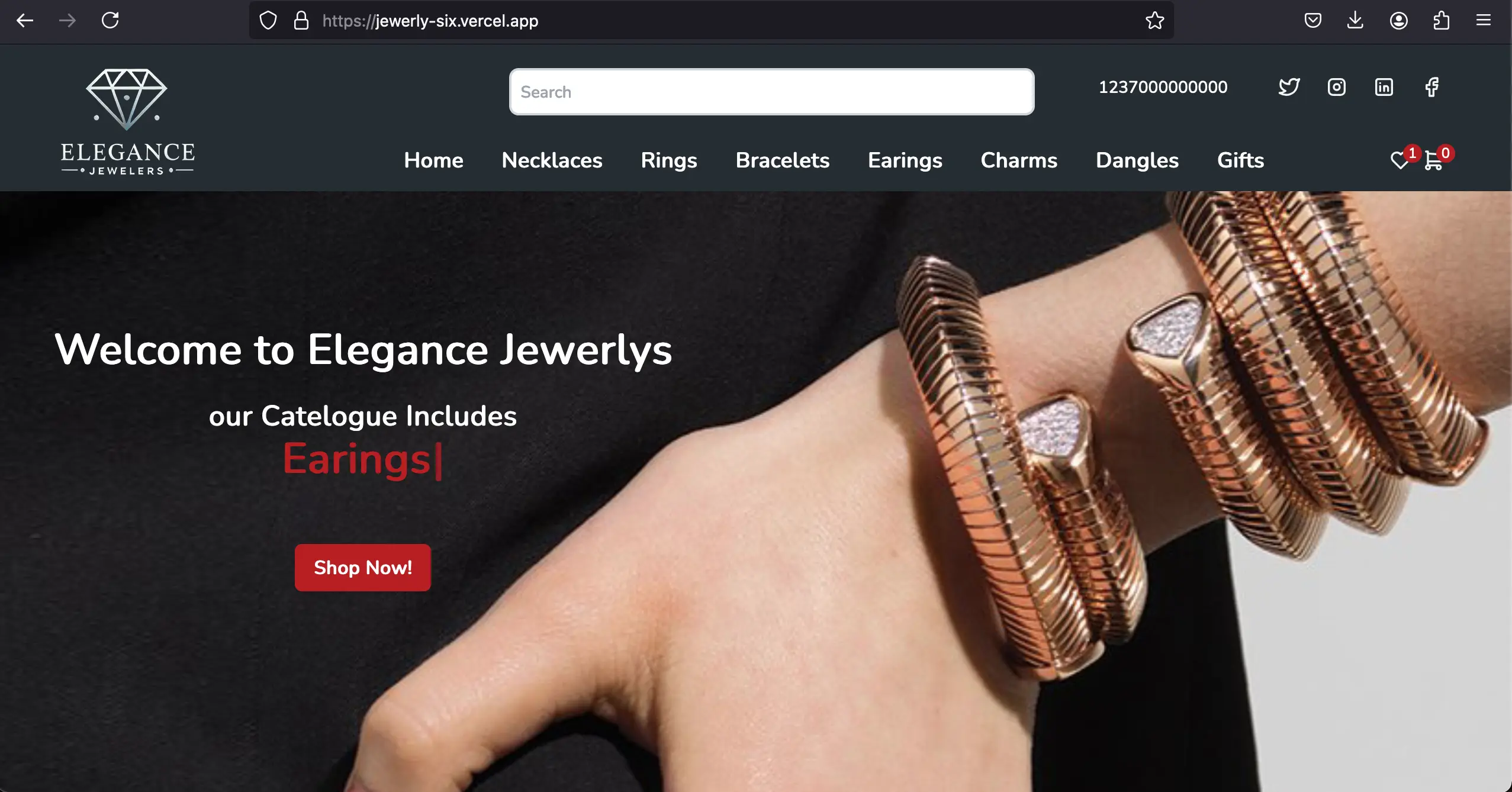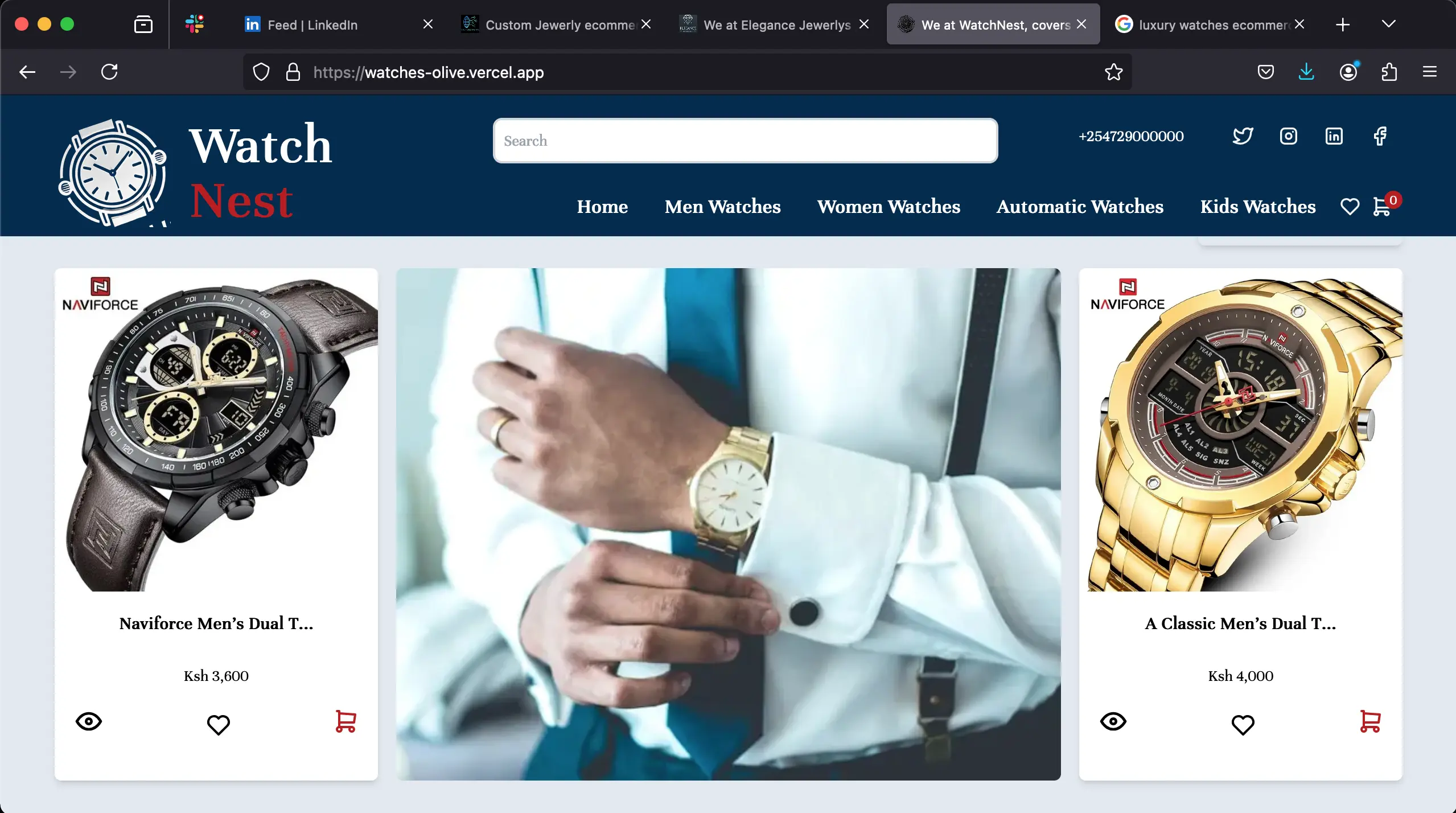
Building a Fast, Efficient, and Effective Fitness Coaching Platform for a Gym: A Comprehensive Guide
If you don’t make time for exercise, you’ll have to make time for illness,
This, along with the reasons below, is one of the key factors driving the booming fitness industry.
- They want to look good, and win all the ladies and vice versa
- Health took control, and were forced to do something or something would happen to them.
- A way to let out frustrations - so you can add mental wellness to this list.
- Sometimes as a means to recover -- physical therapy
Either way, the industry is booming as more people seek these services, and while it is all cool and dandy. The industry is saturated and to stand out you need to think outside the box and that's where we at Chantosweb developers have you covered.
Our goal is to create a website for you, fitness coaching platforms have become essential tools for trainers and clients alike. These platforms need to be fast, efficient, and effective to provide seamless user experiences. By leveraging modern technologies like React/Next.js for the frontend and Golang for the backend, we can build a robust and scalable fitness coaching platform that meets the demands of users and businesses.
This article outlines the key steps and best practices for developing such a platform, focusing on responsive design, efficient data handling, and seamless integration between the frontend and backend.
1. Planning the Architecture
1.1 Modular Monolith Backend with Golang(start simple)
A modular monolith architecture is an excellent choice for a fitness coaching platform. It combines the simplicity of a monolithic architecture with the scalability of microservices. Golang, with its performance and concurrency capabilities, is ideal for building the backend.
- Database: Use PostgreSQL for its reliability and support for complex queries.
- APIs: Implement RESTful APIs for communication between the frontend and backend. Golang frameworks like Gin or Echo can simplify API development.
- Scalability: Design the backend to handle increasing loads by optimizing database queries, using caching mechanisms, and implementing efficient algorithms.(Postgres replication is quite resourceful in this regard)
1.2 Frontend with React/Next.js
React and Next.js is perfect for building a dynamic and responsive frontend. Next.js, in particular, offers server-side rendering (SSR) and static site generation (SSG), which improve performance and SEO.
- Responsive Design: Use Tailwind CSS or a similar utility-first CSS framework to create responsive layouts that work seamlessly across devices.
- Component-Based Architecture: Break down the UI into reusable components for better maintainability and scalability.
- State Management: Use React’s Context API or libraries like Redux for managing global state.
2. Key Features and Implementation
2.1 Library Page
The Library Page is the heart of the platform, housing sub-pages for exercises, workouts, programs, meals, metrics, and client statistics.
- Responsive Layouts: Use CSS Grid or Flexbox to create flexible layouts that adapt to different screen sizes.
- Modal Dialogs: Implement modal dialogs for adding and updating items. Libraries like React Modal can simplify this process.
- Data Visualization: Use charting libraries like Chart.js or D3.js to display client metrics and statistics in an intuitive way (e.g., doughnut charts).
2.2 Chat Page
The Chat Page should be simple yet functional, with support for notes and real-time messaging.
- Real-Time Updates: Use WebSockets or libraries like Socket.IO for real-time communication.
- Notes Functionality: Allow users to save and organize notes within the chat interface.
2.3 On-Demand Page
The On-Demand Page should showcase studio collections with a responsive layout.
- Media Handling: Optimize images and videos for fast loading times. Use lazy loading to improve performance.
- Search and Filter: Implement search and filter functionality to help users find content quickly.
2.4 Community Page
The Community Page should foster engagement and interaction among users.
- User Profiles: Allow users to create and customize profiles.
- Discussion Forums: Implement forums or comment sections for discussions.
- Gamification: Add badges or leaderboards to encourage participation.
2.5 Payment and Packages Page
The Payment and Packages Page should be secure and user-friendly.
- Responsive Design: Ensure the page works well on all devices.
- Payment Integration: Use secure payment gateways like Stripe or PayPal.
- Package Management: Allow users to view and manage their subscriptions.
3. Optimizing Performance
3.1 Frontend Optimization
- Code Splitting: Use Next.js’s dynamic imports to load only the necessary code for each page.
- Image Optimization: Use next/image for automatic image optimization.
- Caching: Implement browser caching and service workers for faster load times.
3.2 Backend Optimization
- Database Indexing: Optimize database queries with proper indexing.
- Caching: Use Redis or Memcached to cache frequently accessed data.
- Concurrency: Leverage Golang’s goroutines for handling concurrent requests efficiently.
4. Ensuring Security
4.1 Authentication and Authorization
- JWT Tokens: Use PASETO/ JWT for secure authentication.
- Role-Based Access Control: Implement role-based access control (RBAC) to restrict access to sensitive features.
4.2 Data Security
- Encryption: Encrypt sensitive data at rest and in transit.
- Input Validation: Validate all user inputs to prevent SQL injection and other attacks.
5. Testing and Deployment
5.1 Testing
- Unit Testing
- Integration Testing
5.2 Deployment
- CI/CD Pipelines: Set up CI/CD pipelines using GitHub Actions or similar tools.
- Containerization: Use Docker to containerize the application for consistent deployments.
- Cloud Hosting: Deploy the application on AWS or a similar cloud platform for scalability and reliability.
6. Continuous Improvement
- User Feedback: Regularly collect and analyze user feedback to identify areas for improvement.
- Performance Monitoring: Use tools like Prometheus and Grafana to monitor application performance.
- Regular Updates: Keep the platform updated with the latest technologies and security patches.
Conclusion
Building a fast, efficient, and effective fitness coaching platform requires careful planning, robust architecture, and a focus on performance and security. By leveraging React/Next.js for the frontend and Golang for the backend, we can create a scalable and user-friendly platform that meets the needs of trainers and clients alike.
With responsive design, efficient data handling, and seamless integration, this platform can become a valuable tool in the fitness industry, helping users achieve their goals while providing trainers with the tools they need to succeed.
Our Templates
The Turnkey Commerce Suite.
Our Trending blogs










Myrachanto
I help ecommerce businesses scale faster with tech-driven SEO and high-performance web development. With 5+ years of full-stack expertise, I specialize in:
Ecommerce SEO
Optimizing product pages, structured data, and site architecture to boost organic traffic.
Blazing-Fast Stores
Building with React.js, Next.js, Qwik.js, and Golang for speed and conversions.
I write about ecommerce growth—from technical SEO to conversion-focused development—so store owners and marketers can leverage tech for real results.





